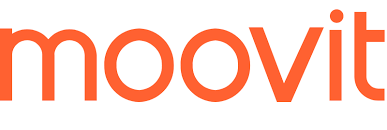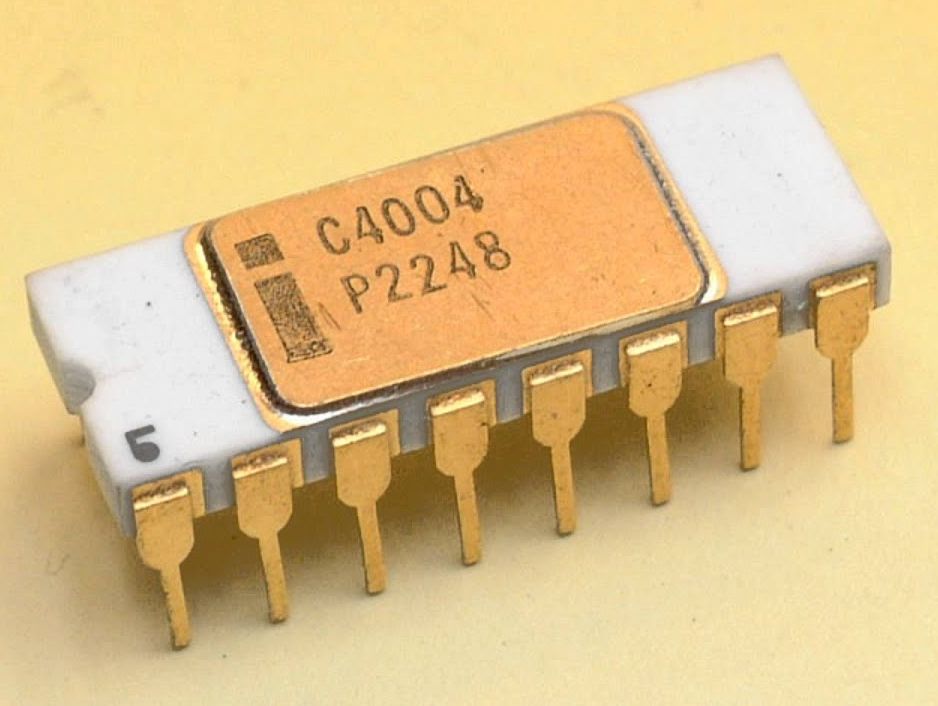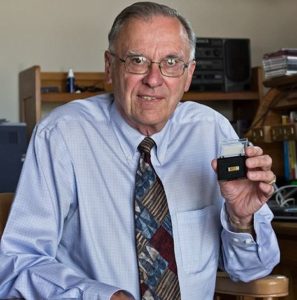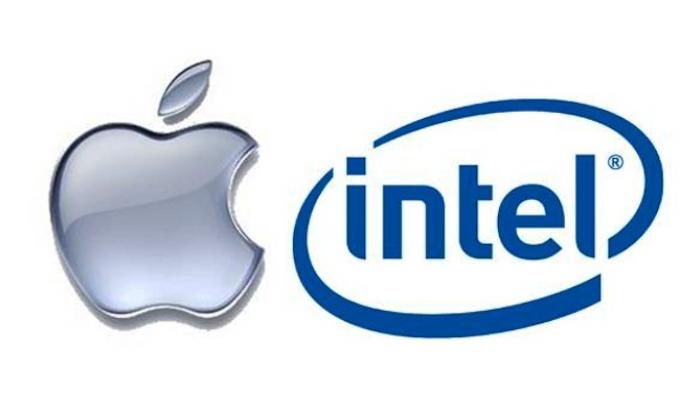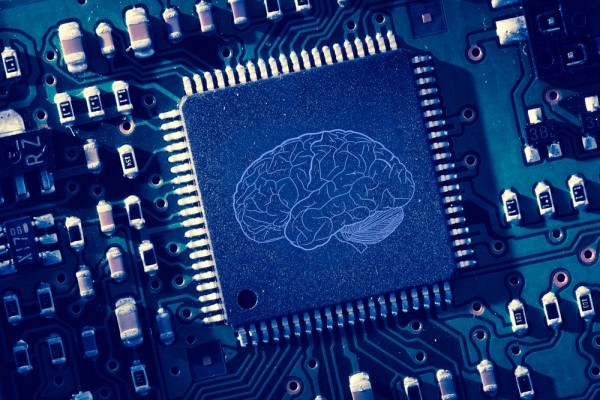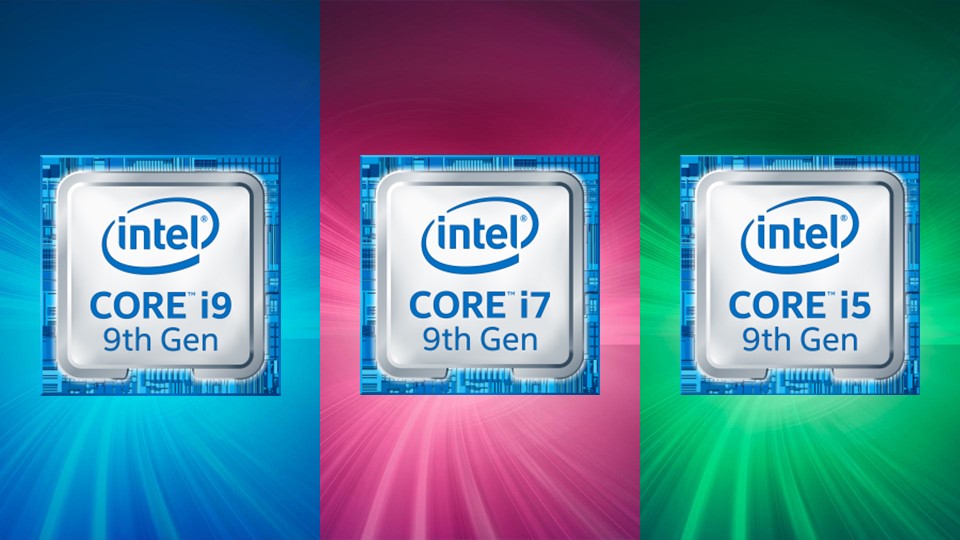Intel All Set to Buy Smart-Transportation Start-up Moovit
The world of smart transportation has been set ablaze by advancements in science and technology. New technologies have paved the way for much smarter tech, which aids in making quick transit possible. In Israel, a lot of activity is going in this field, with several large mergers and acquisitions taking place amidst the COVID-19 pandemic. One of the most prominent mergers being spoken about is that of Intel closing on a deal with Moovit. The chip-making giant is said to be in the final rounds of negotiation when it comes to buying this start-up that utilizes Big Data and AI to provide transit and transportation services. Here’s a look at the deal and the impact it could have on the transit industry.
Big Deal in Place
According to various sources and reports, Intel is all set to acquire Moovit, which is a service provider to over 800 million people. The start-up which uses futuristic technology to make the best decisions when it comes to transportation is a significant player in the field of smart-transit. The deal is said to close in a few days, with experts stating that it could be near $1 billion in terms of valuation. Agencies like TechCrunch have reached out to spokespersons on both sides of the deal to confirm the news. Reports state that the Moovit correspondent did not negate the information, instead saying that they will provide further details later on.
Israel- An Upcoming Automotive Capital
Moovit had made been backed by the investment company by Intel Capital earlier as a part of strategic investment. The deal will help Intel gain a foothold in the smart transport industry, making Israel their headquarters for such operations. Furthermore, Intel already has several facilities in Israel, and this acquisition will add more value to Intel’s Israeli automotive hub. The automotive revolution is spearhead by the company Mobileye.
Intel had acquired this start-up that focuses on autonomous driving, three years ago in a deal that cost them $15.3 billion. However, sources are unclear regarding what role Moovit will have in this ring or hub. Experts believe that the company will be able to provide Intel with actionable, reliable, and real-time data, which will help with intelligent routing.
One of the biggest challenges that autonomous vehicles face is routing to prevent traffic blocks and to achieve efficiency. With a company such as Moovit providing Intel with valuable real-time traffic data, they will able to guide their vehicles with ease and perfection.
Earlier Partnership
Even before the suspected acquisition, Intel had been working with Moovit. Intel had, in fact, led the Series D funding of Moovit, which brought in over $50 million in 2018. Soon after this deal, Senior VP of Intel, who also serves as the CTO of Mobileye, Amnon Shashua, joined the upcoming start-up’s Board of Directors. The sale will help both companies bring in new talent and then integrate this unique talent into an already existing framework. Reports by The Marker and Wadi Ventures state that out of the $1 billion, a portion will go to employees as a 10% retention bonus.
Fast Growth
Moovit, which was valued at $500 million during its Series D funding round, had grown tremendously in the past two years. Their standalone app, which helps with navigation around cities, became a huge success. This was soon followed by integration with cab services like Uber, which led to further popularity and surge in the number of users. By 2018, over 120 million people were using their apps from over 80 different countries. In the last two years, that number grew exponentially to hit 800 million users in over 102 different countries, with services available in 45 languages globally! The company has attracted a lot of attention in recent years, bringing in investors of the likes of Sound Ventures, Gemini Israel, LVMH, and even BMW.
Furthermore, the app has launched several services to help people during the COVID-19 crisis. These included a free service for transit data managers, which enable riders to plan their trips efficiently. Also, it has a real-time service option now to ensure that everyone gets the most accurate data and receives timely alerts. Additionally, Moovit has also come out with an emergency mobilization service, which allows managers to put out buses on routes that essential workers require the most.
The acquisition, if reports are accurate, will prove to be a significant turning point for the field of smart transportation. Already seen as one of the technologies that will soon change the way we live our lives, smart technology is a field that requires some push and investment. Since the COVID-19 has significantly curtailed our movement, the global economy is reeling as an after-effect. All of this has led to a significant slowdown in the automotive world. Therefore, in many ways, this is the best time for smart technology to enter the field. By leveraging these assets, we might be able to ignite some interest in an area that has been severely affected by the global crisis.
Since the COVID-19 has significantly curtailed our movement, the global economy is reeling as an after-effect. All of this has led to a significant slowdown in the automotive world. Therefore, in many ways, this is the best time for smart technology to enter the field. By leveraging these assets, we might be able to ignite some interest in an area that has been severely affected by the global crisis.

Being a cinephile with a love for all things outdoorsy, Athulya never misses a chance to chase inspiring stories or poke fun at things, even when the subject is herself. Currently pursuing a degree in mechanical engineering, she is someone innately interested in technical and scientific research. Music reviews and op-eds define her as they allow her to explore different perspectives. Though sometimes she thinks she makes more sense playing the guitar than she does while writing.
